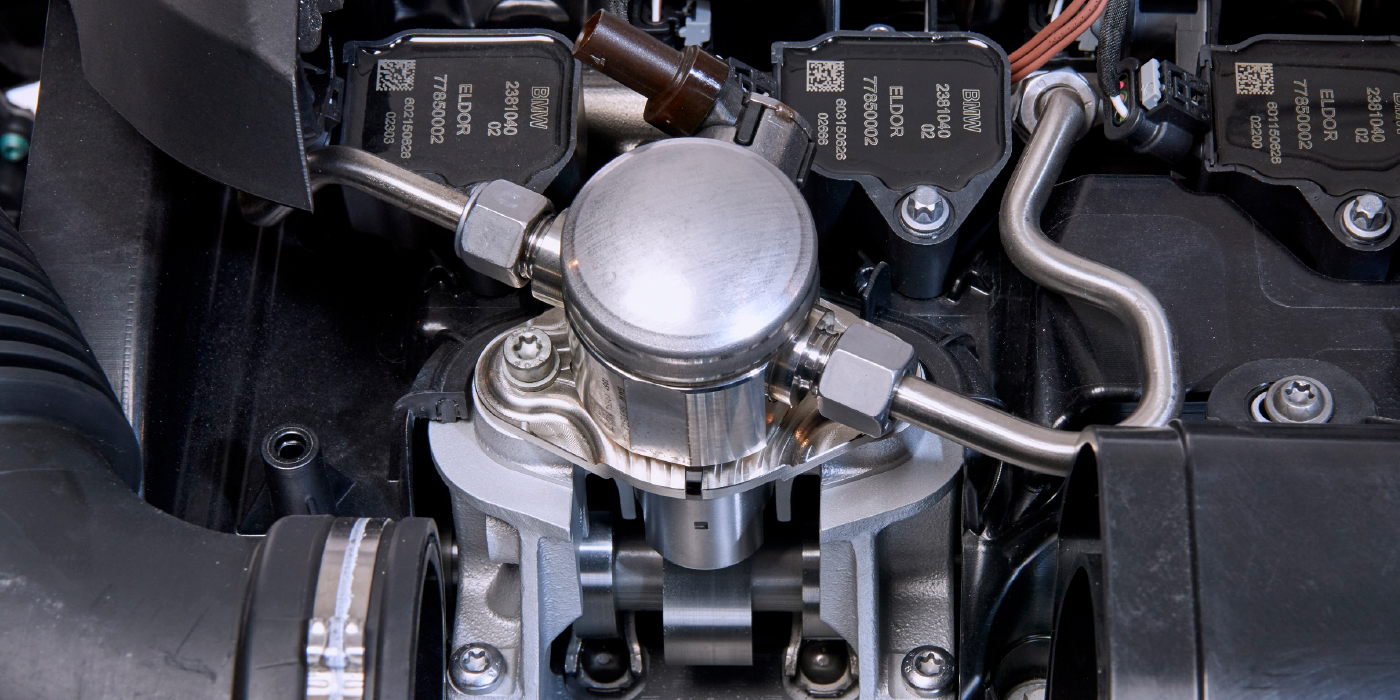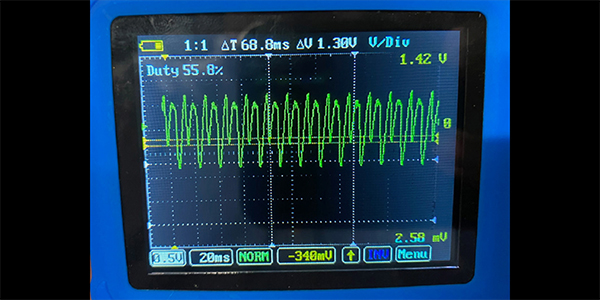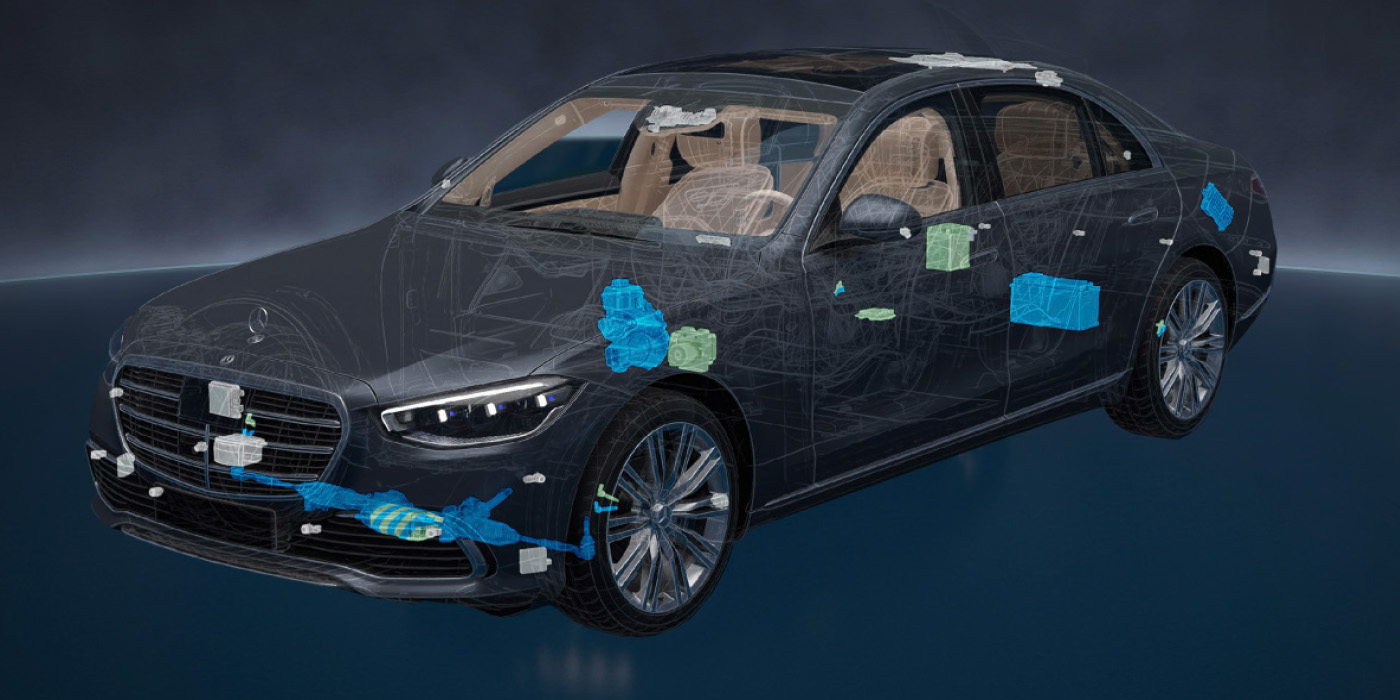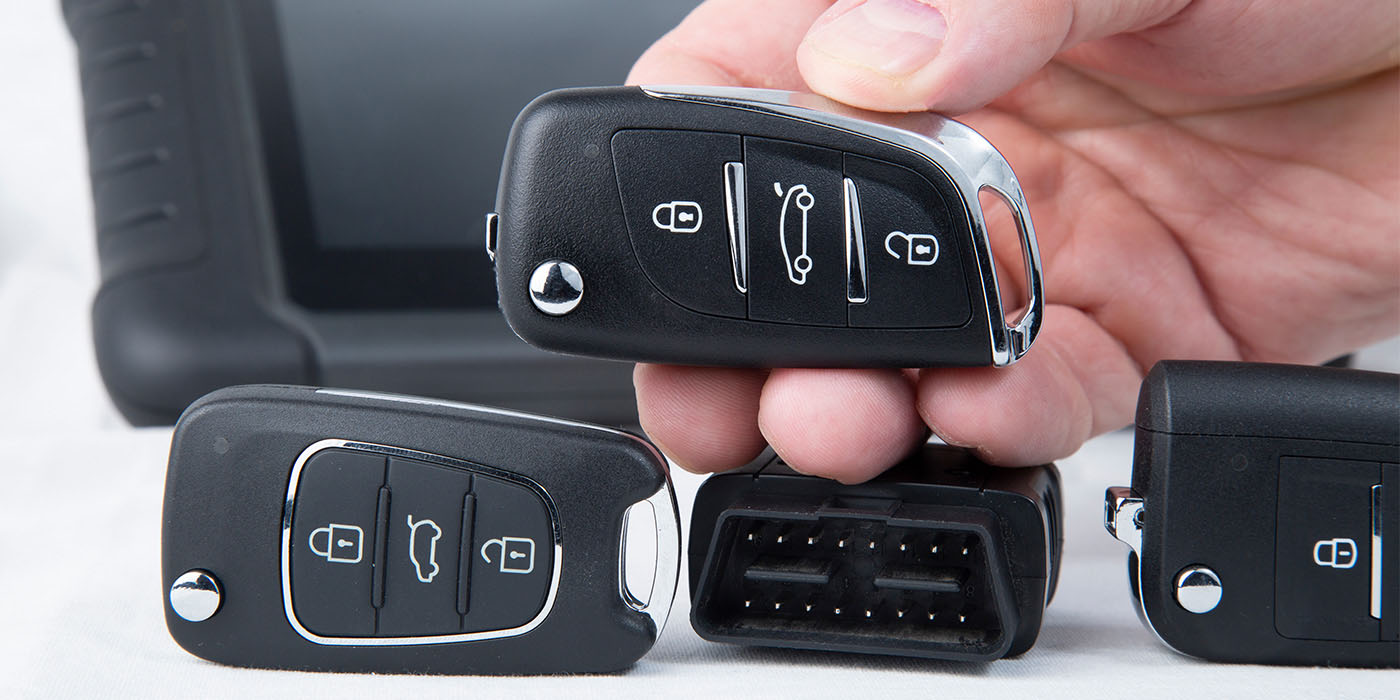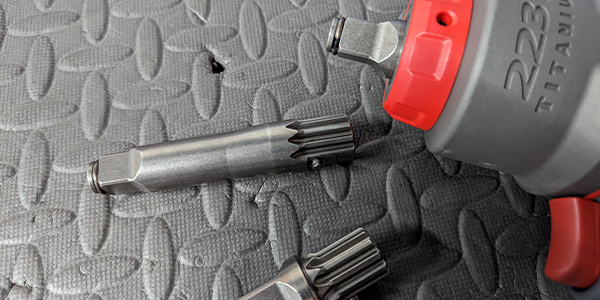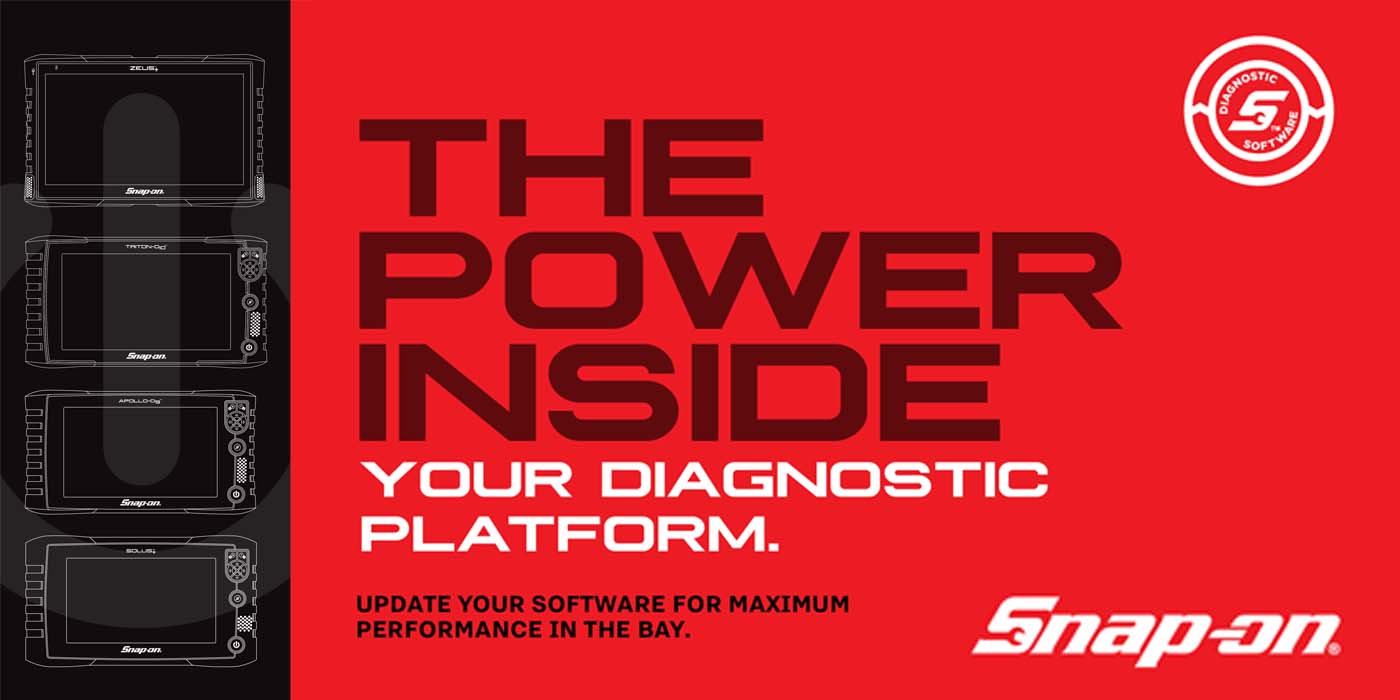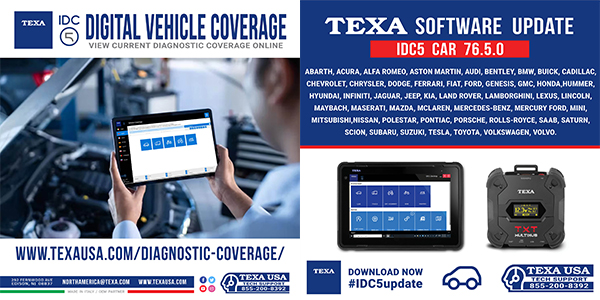By Damien Coleman, Snap-on Diagnostic Software Specialist
There has been an explosion of new systems to help vehicles become safer in the last few years. Adaptive cruise control and parking assist sensors used to be the “cool new feature” in the 1990s. In 2007, it was blind spot monitoring. Then technologies, such as infrared night vision, radar collision avoidance systems and sophisticated cameras, created a new group of systems called “ADAS” —Advanced Driver Assistance Systems. The increase in sensors and ECUs built the foundation for the next generation of vehicles. These new sensors make vehicle diagnosis and repair even more complicated.
In 2018, FCA vehicles began using a secure gateway module, or SGW, that is located under the dashboard and acts like a hardware firewall between the vehicle’s network and the outside world. The module allows “read access” (read codes, read data), but restricts any functions that send a command to the vehicle, such as clearing codes or functional tests. Only authorized tools are allowed access to these functions. All Snap-on tools support FCA as well as other existing OEM secure linkages with the current software.
But there is some good news, too. The same computer and information technologies that add complexity to vehicles are enabling improved diagnostic strategies that drastically simplify and reduce time spent in diagnosis and repair.
The question is, do you have a diagnostic process? Most technicians have their own specific approach for diagnosing typical drivability problems, electrical or mechanical issues. Why is it that one technician can take 20 minutes to diagnose a car and another may take a week to only come up with the same fix?
The first technician focused on the customer complaint and the effect it had on the vehicle to identify the cause. The other technician implemented a shotgun approach to finding the fix. Although this approach can lead to the fix, it is not the most productive method. Flying by the seat of your pants doesn’t work in today’s sensor and ECU environment.
There’s a step process that simplifies the path to fixed. Certainly, there could be more, but we’ll start with the simplest approach.
Step 1: Verify the Customer’s Complaint
Ask questions. Document the condition. Is the complaint present now? When does it happen? Cold? Warm-up? Hot? Under what conditions? Driving fast or slow? Idle or under load? Can you match the condition?
Step 2: Scan Checks
A pre-scan shows all supported modules, not just the engine in the vehicle. Many systems today are interlinked. Some systems do not turn on a light or put a message on the vehicle’s diagnostic information center. Uncover unseen issues or find hidden safety issues. Think of how this helps your repair customer.
General Repair
General repair shops that perform a pre-scan makes it easier to charge for diagnostics. Furthermore, shops can use the report to validate if a vehicle is worth fixing and advise the customer accordingly, providing them an easy-to-understand handout to help them feel more confident that the vehicle has been properly checked over and of the suggested repair.
Emissions
Every shop is in the emissions business. Three critical monitors must be set to “complete” status for cars to pass an emissions test in required states, counties or provinces. OBDII is designed to be a rolling emissions test, so use the report to communicate problems by setting the readiness monitor status to “complete” to flag a detected problem.
Also, with current software, a Snap-on tool will upload the pre- and post-scan report automatically to the Snap-on Cloud within seconds. It can be shared via a link, SMS email or PDF from any PC or phone anywhere in the world from a free account.
Step 3: Technical Service Bulletins (TSBs)
If TSBs match a code or symptoms, follow the OEM recommendation for additional testing or repair. Manufacturers are repairing cars with software and firmware. Many technicians spend way too much time trying to find a problem that the manufacturer has already discovered. Snap-on offers TSB availability in as little as two weeks, but never more than eight weeks after a release from a manufacturer in the ShopKey Pro product. Technical service bulletins should be checked early in the diagnostic procedure and never overlooked.
Step 4: Functional Tests and Guided Component Tests
Functional Tests
Functional tests can pinpoint a problem or verify the repair. These tests command a window to go up or down, turn signals to work and more. This literally could cut the diagnostic time in half.
In addition, there are service resets and relearns — repairs that have components that need to be reset or relearned after a simple repair. For example, replacing the oxygen sensor on a 2006 General Motors car sounds easy enough, but if the resistance calculated oxygen temperature circuit is not reset back to the factory level, you risk damaging the sensor prematurely. This is just one of the thousands of examples needed to be done today.
Guided Component Tests
Guided component tests provide an extensive collection of vehicle specific component tests and reference information for engine, transmission, ABS, charging, transfer case, suspension, ADAS systems and more.
Use a tool that provides vehicle specific preconfigured meter tests and reference information designed to help save diagnostic time, plus verify faulty components and the repair. Guided instructions and reference information should be included, such as component locating, appropriate test selecting, showing test lead connections, and electrical connector and pin configurations. Also, show test results, including waveform examples, procedures, tips and specifications.
Step 5: Post Scan
Customers expect and demand that their vehicles work exactly as the manufacturer intended. All post-scan reports are date and time stamped, and easy to understand. These complete health checks provide customers the confidence that the repair has corrected the problem.
Technical reference courtesy of Snap-on Diagnostics




